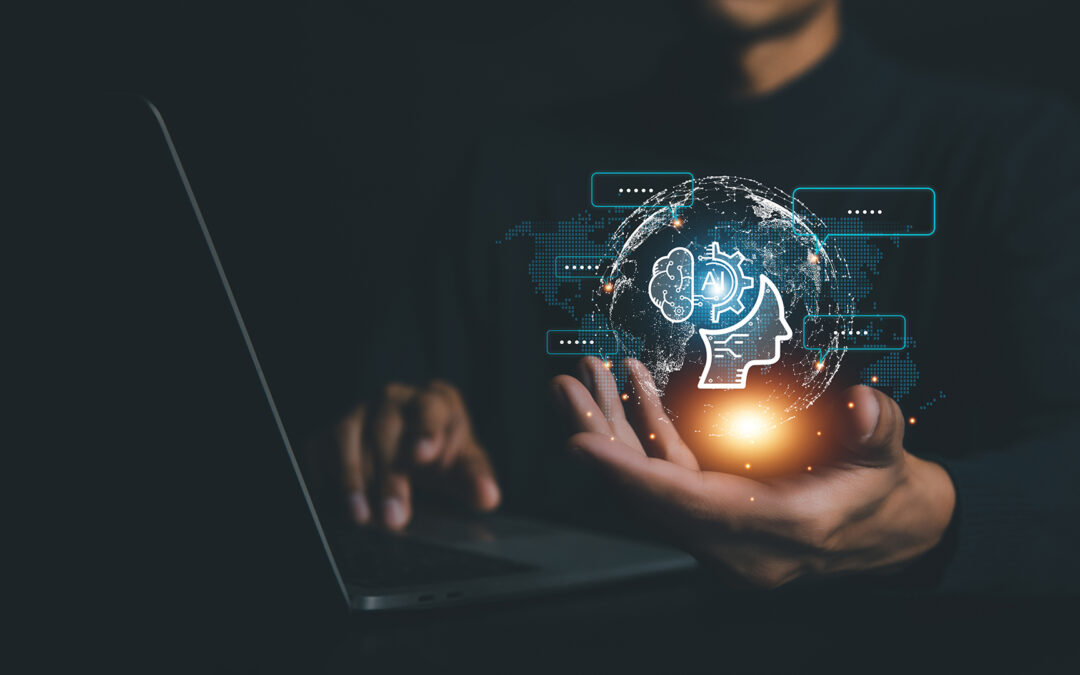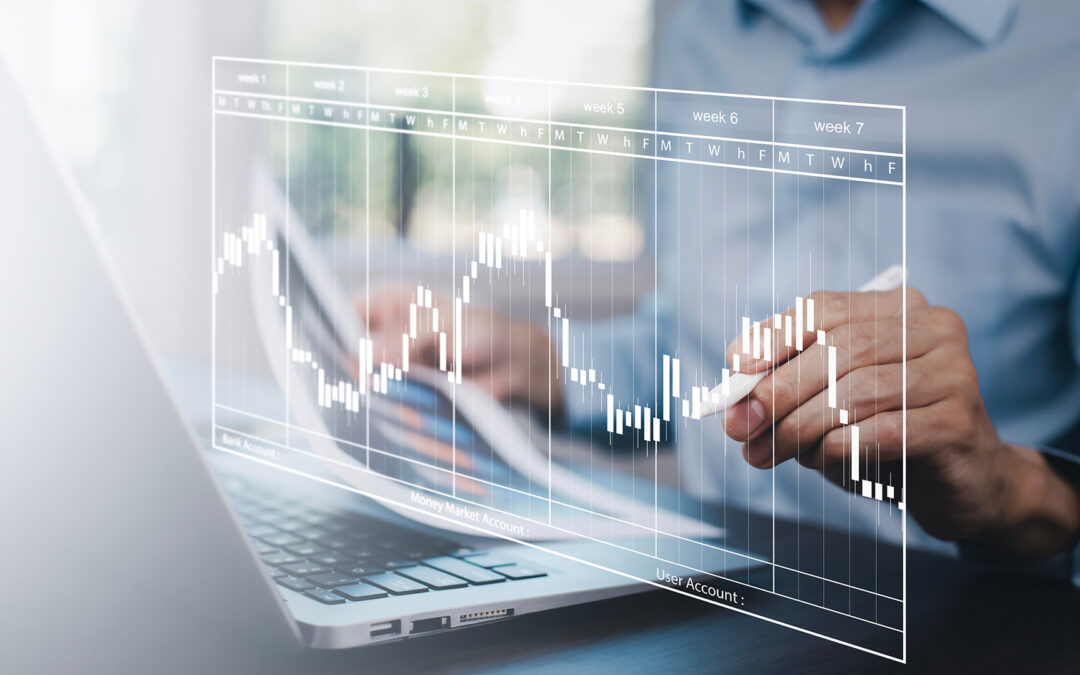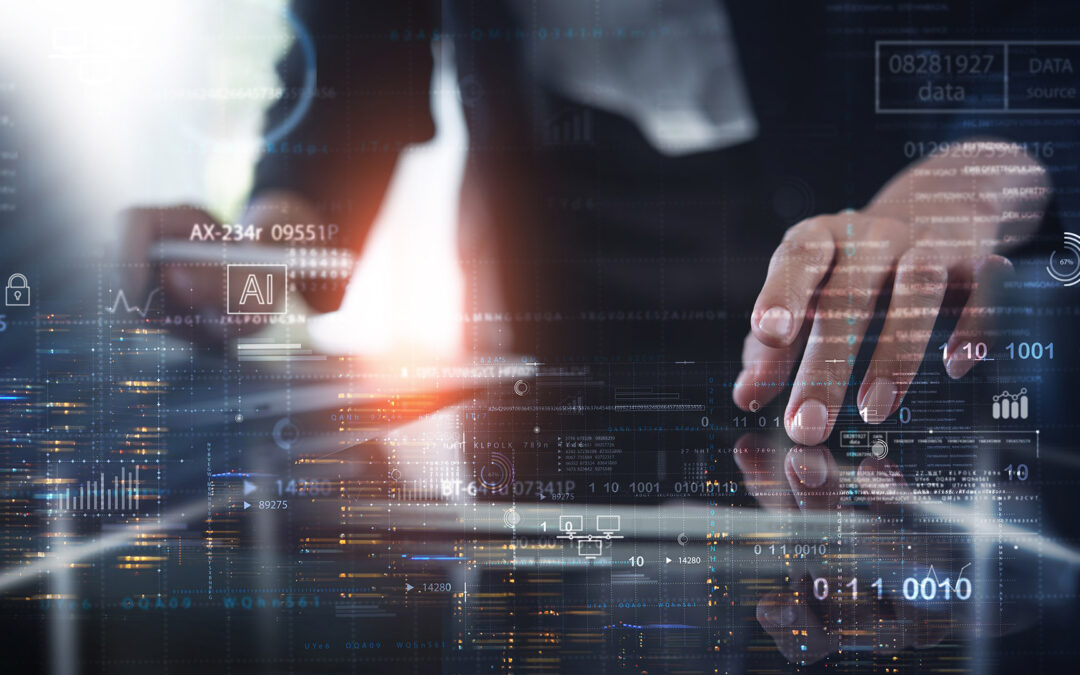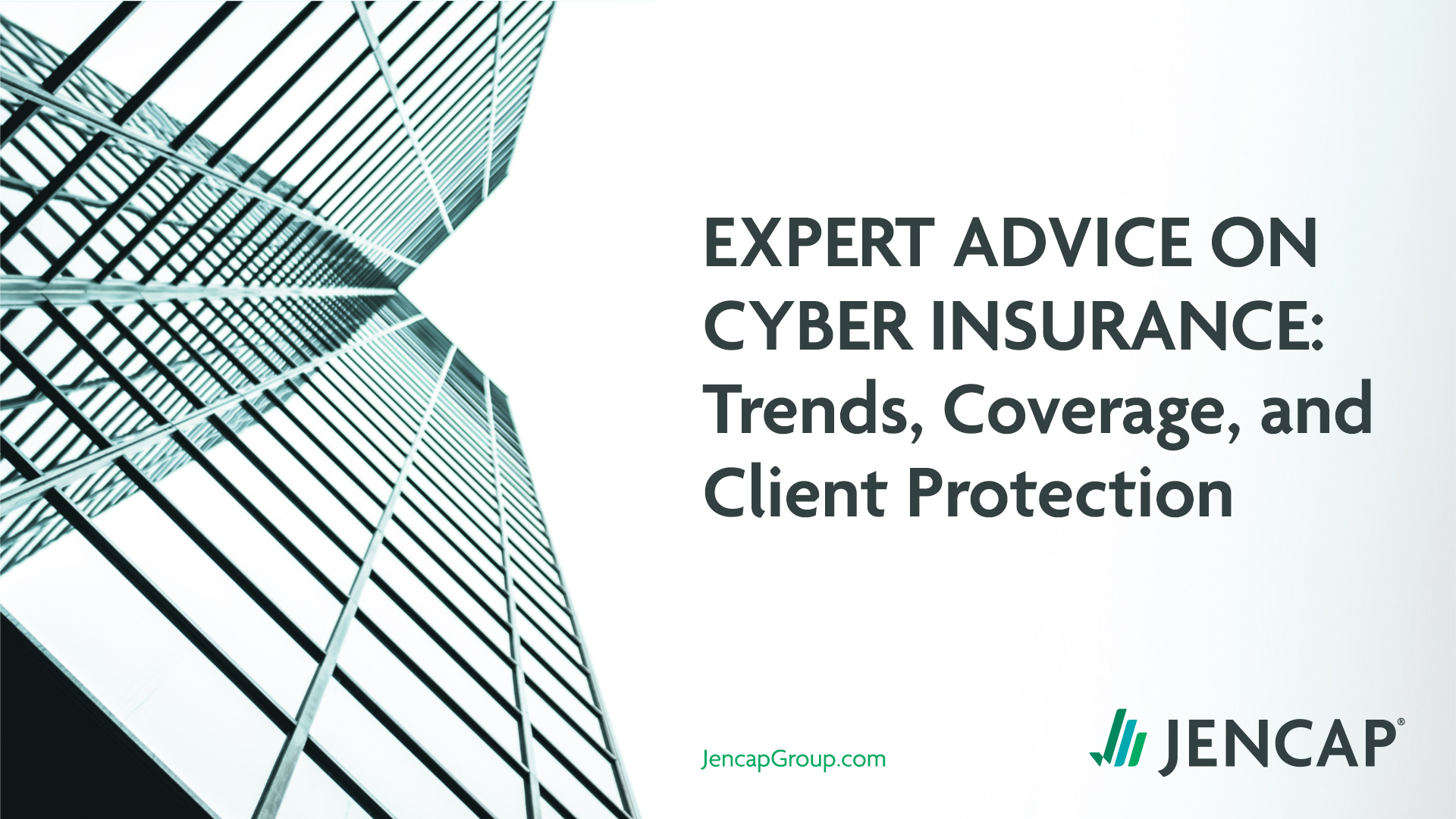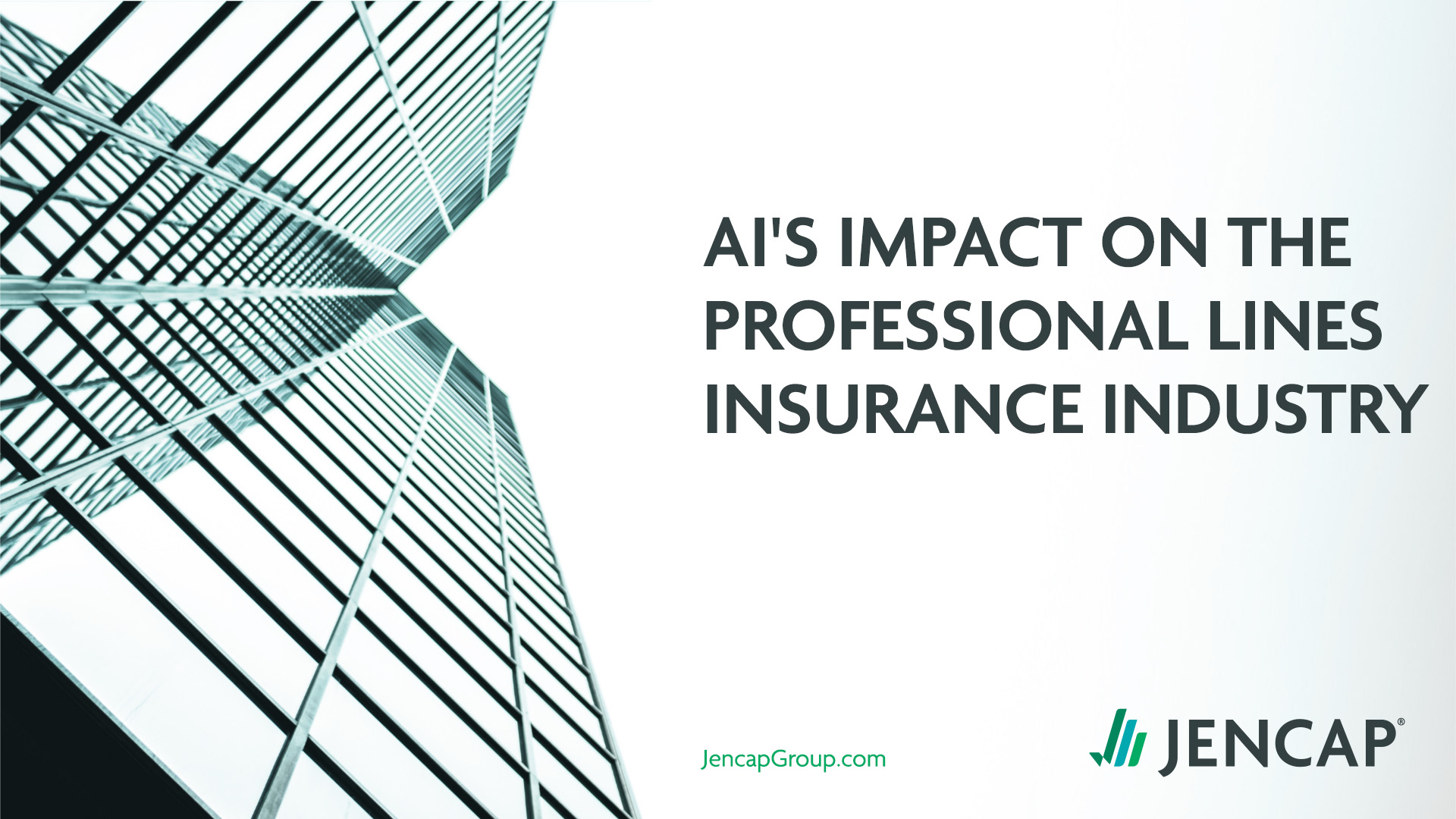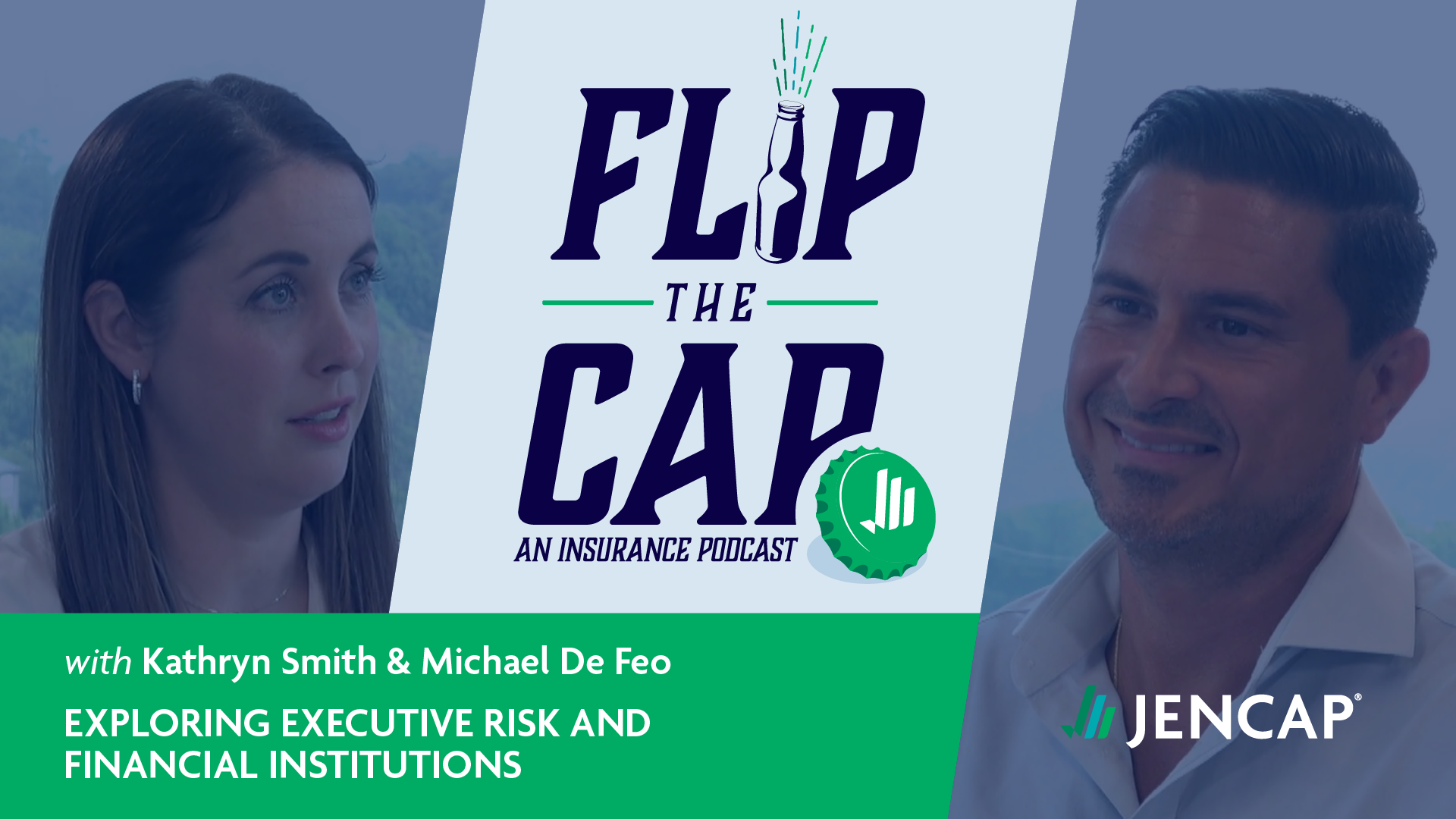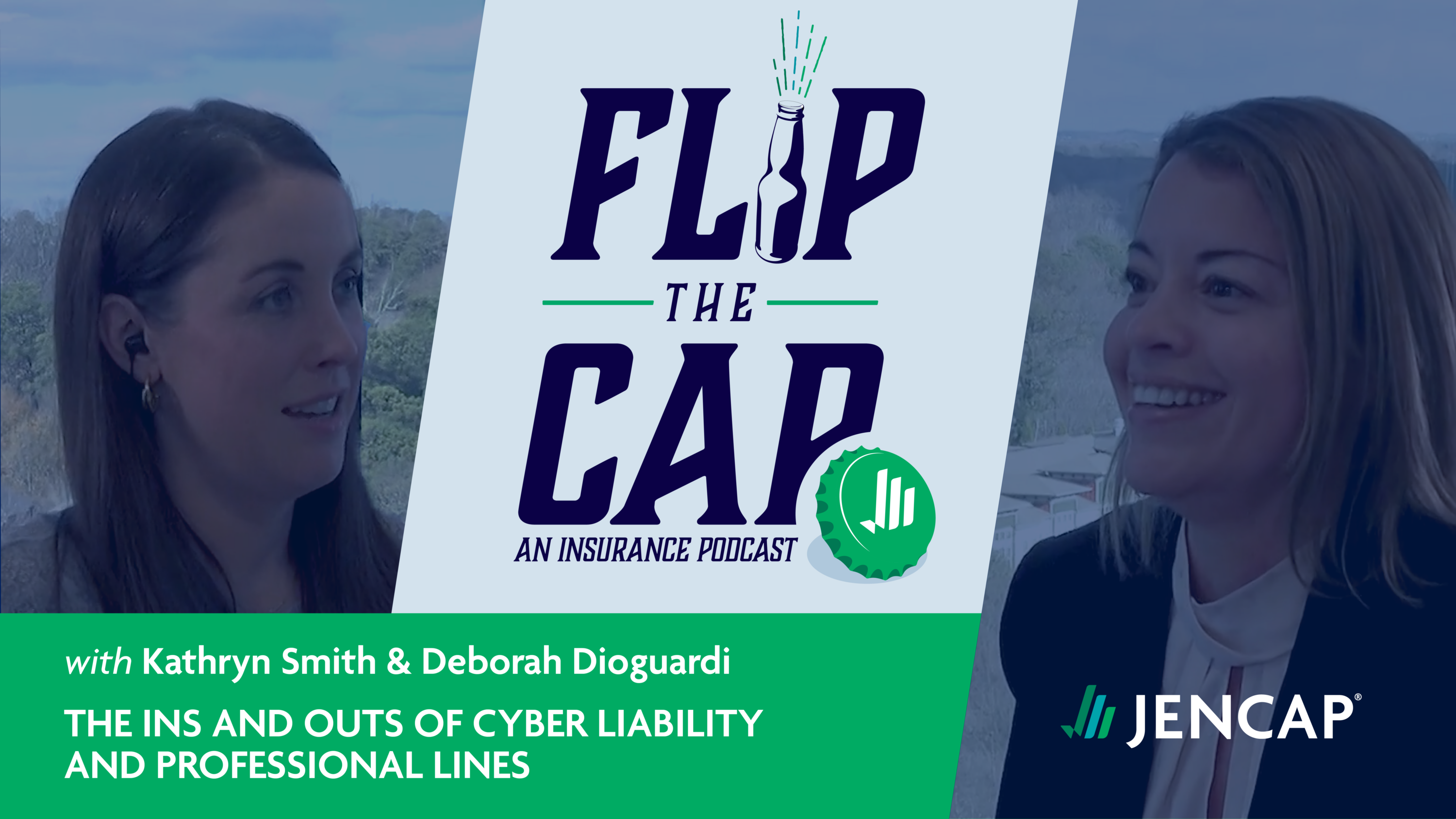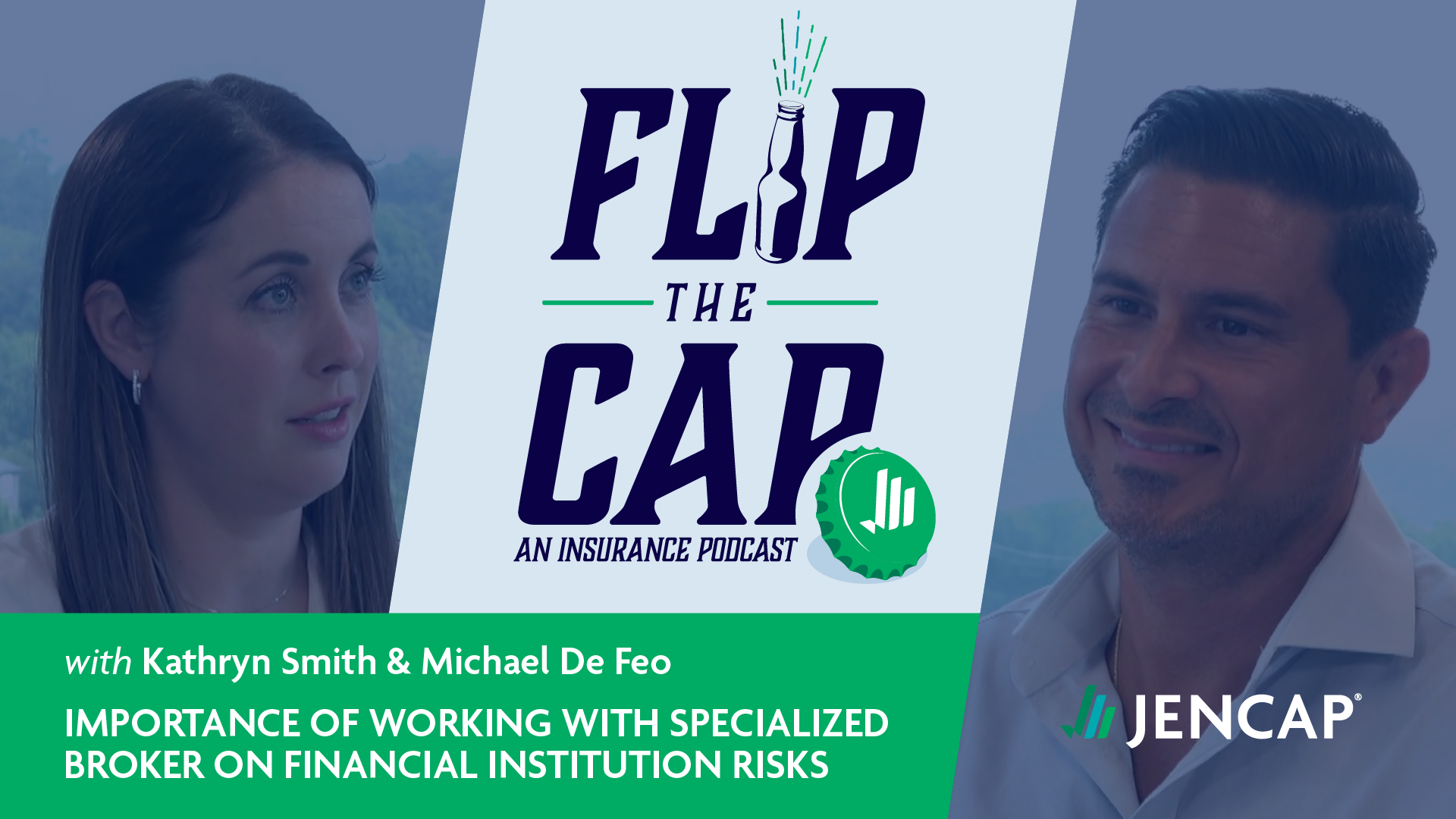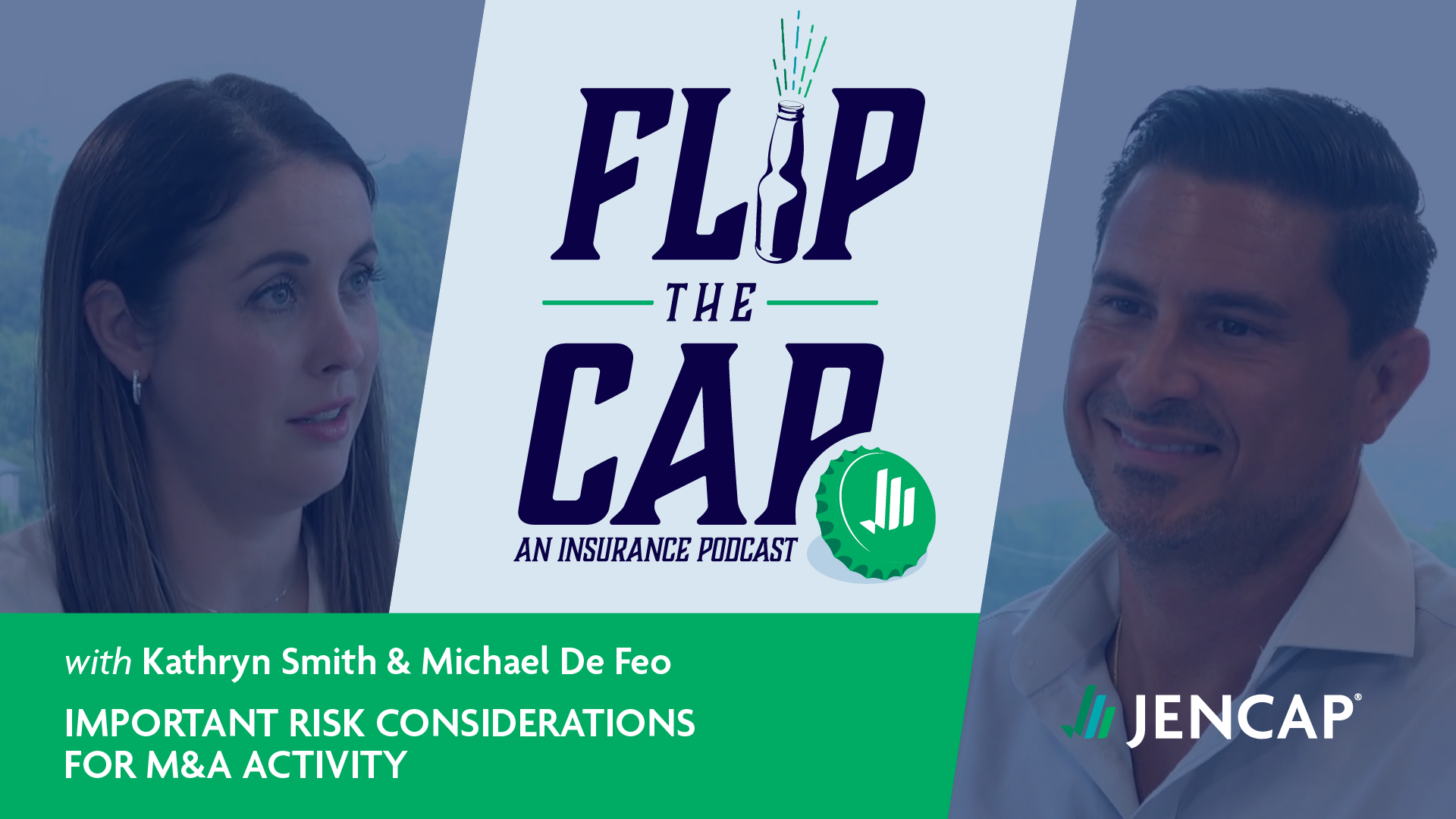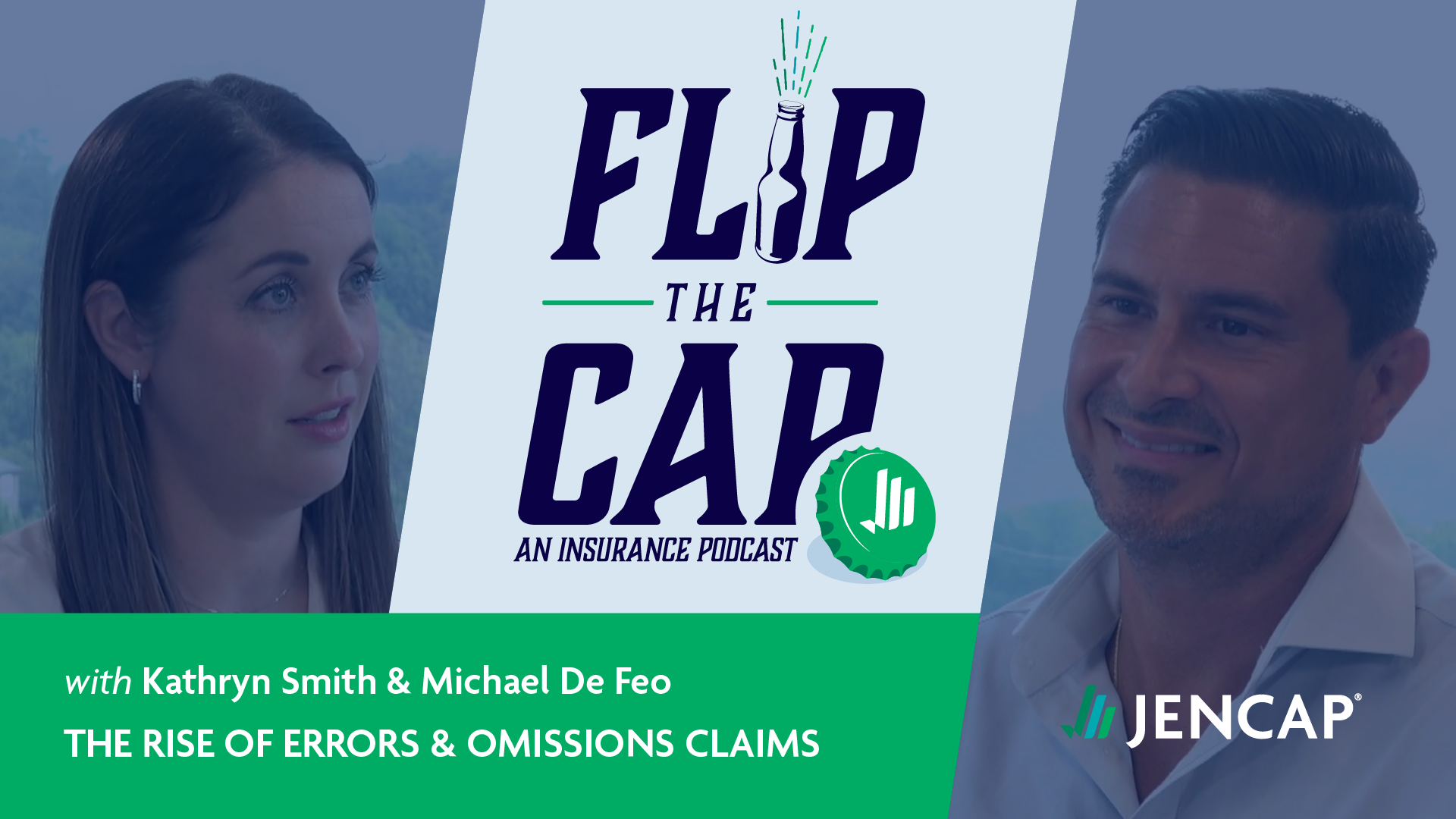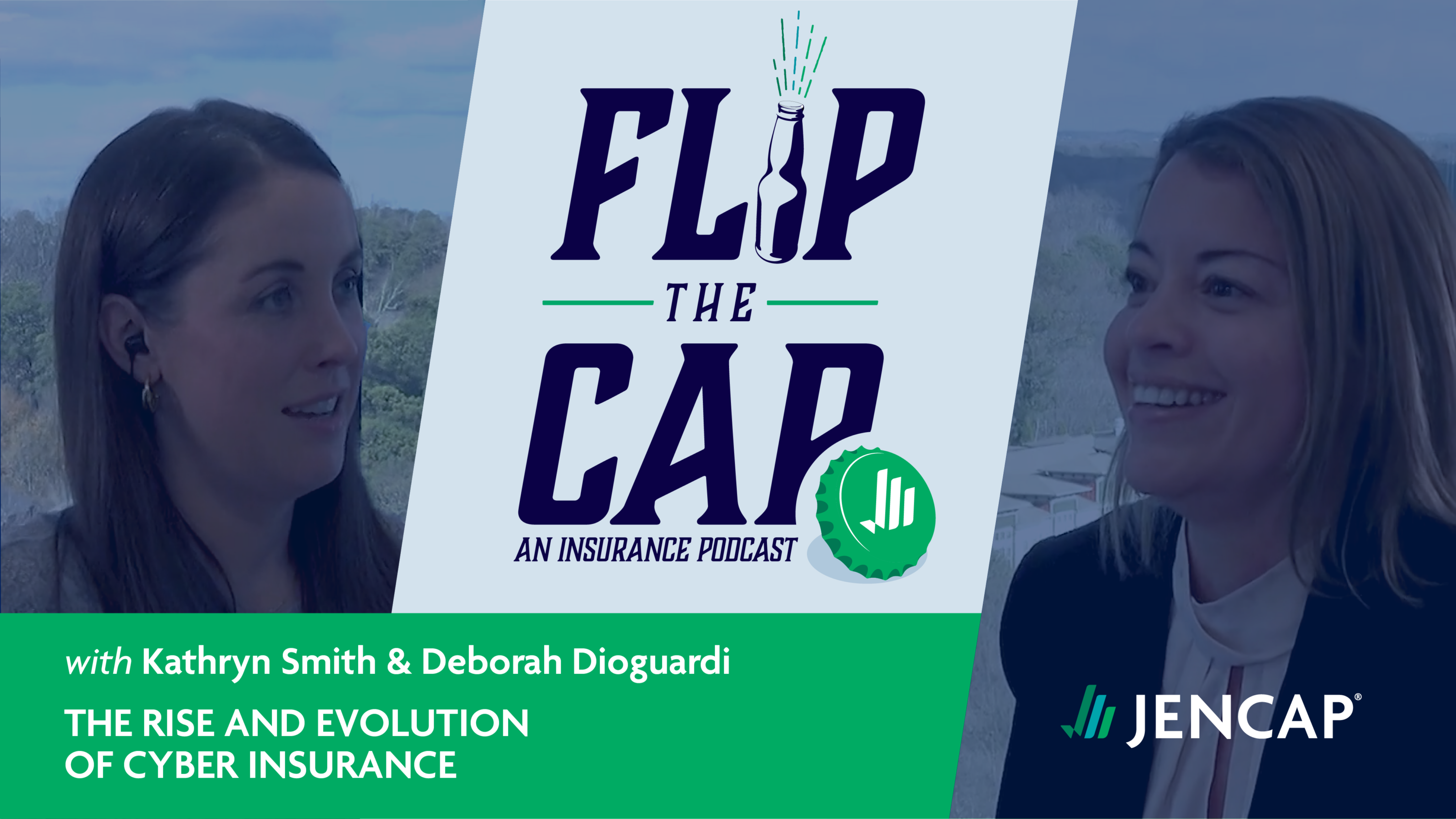In 2024, AI technologies, especially generative AI, are set to contribute $15.7 trillion to the global economy by 2030. 77% of companies are already utilizing or exploring AI applications to stay competitive. However, with great power comes great responsibility, and the rise of AI introduces complex challenges for corporate governance. Directors and Officers (D&O) must now navigate a landscape fraught with new AI risks — and without a clear roadmap. Business leaders will likely rely on advisors like insurance agents to help provide recommendations for protecting their businesses in this future-forward world. Is your AI knowledge up to speed? Let’s dig in.
What Is Generative AI?
Generative AI refers to a category of artificial intelligence algorithms that can create new content, such as text, images, music, and even code, based on the data they have been trained on. Unlike traditional AI, which is designed to recognize patterns and make decisions based on existing data, generative AI models, such as OpenAI’s GPT-4 and DALL-E, can produce original outputs by learning the underlying structure of the input data.
The models mimic human creativity using complex neural networks and can be applied to natural language processing, art creation, and automated content generation. Generative AI is transformative because it automates tasks and introduces new ways of thinking about content creation and problem-solving.
Who Uses Generative AI and How?
The exciting thing about AI is that it can be used across a wide variety of industries. But the challenge is … that it can be used across a wide variety of industries, which leaves this nascent technology open to misuse as Directors and Officers work to understand how it fits into their day-to-day.
- Content Creation: Generative AI can draft articles, create marketing copy, and produce multimedia content, saving businesses time and resources.
- Product Development: Companies use generative AI to design new products and optimize existing ones by simulating various design scenarios and outcomes.
- Healthcare: In healthcare, generative AI assists in drug discovery, personalized treatment plans, and medical image analysis.
- Finance: AI models help in risk assessment, fraud detection, and financial forecasting, providing more accurate and timely insights for decision-making.
Insurance Risks
The integration of AI technologies introduces several risks for organizations.
Inaccuracy and bias in AI systems can produce flawed results, leading to potentially harmful decisions based on incorrect data. The sheer volume of data required for AI operations raises significant data privacy concerns, including the risk of non-compliance with evolving privacy regulations.
Generative AI’s ability to create new content also triggers intellectual property infringement debates, as AI-generated content may inadvertently replicate existing protected material, exposing companies to legal liabilities. The reliance on AI increases organizations’ vulnerability to cybersecurity threats as AI systems become attractive targets for hackers. Of course, as AI regulations continue to develop, companies must ensure their AI applications adhere to new laws and standards, posing a constant compliance challenge.
No wonder Directors and Officers can’t sleep at night; that’s a lot to think about. But as their agent, you can offer a steady hand in an unsteady world.
Insurance’s Important Role for Directors and Officers
The most impactful way to put their worries at ease is to recommend the right D&O insurance that protects executives against claims resulting from their managerial decisions. In the context of AI, this coverage can help mitigate the financial impact of the risks noted above. Benefits of D&O insurance coverage for AI-related exposures include:
- Coverage for legal costs associated with defending against lawsuits related to AI usage.
- Protection against the costs of regulatory investigations.
- Resources for managing the fallout from AI-related incidents, such as public relations crises.
Remember, D&O coverage is a broad, open perils policy that covers various claims against Directors, Officers, and the company that are not excluded via policy terms. It’s often difficult to predict the type of claim that will be covered by D&O, which makes it an invaluable coverage for companies operating with new, evolving technologies.
Jencap Offers the Protection Your Clients Need
By partnering with Jencap, your clients benefit from our specialized brokers and their in-depth knowledge of the evolving AI landscape. We understand the unique insurance implications of this evolving trend and will find the most comprehensive insurance solutions to address the specific needs of Directors and Officers. Remember, ignorance isn’t bliss — information is. Picking the right partner will set you up for success as you take your clients into the future. Explore Jencap’s professional liability solutions to learn more.








